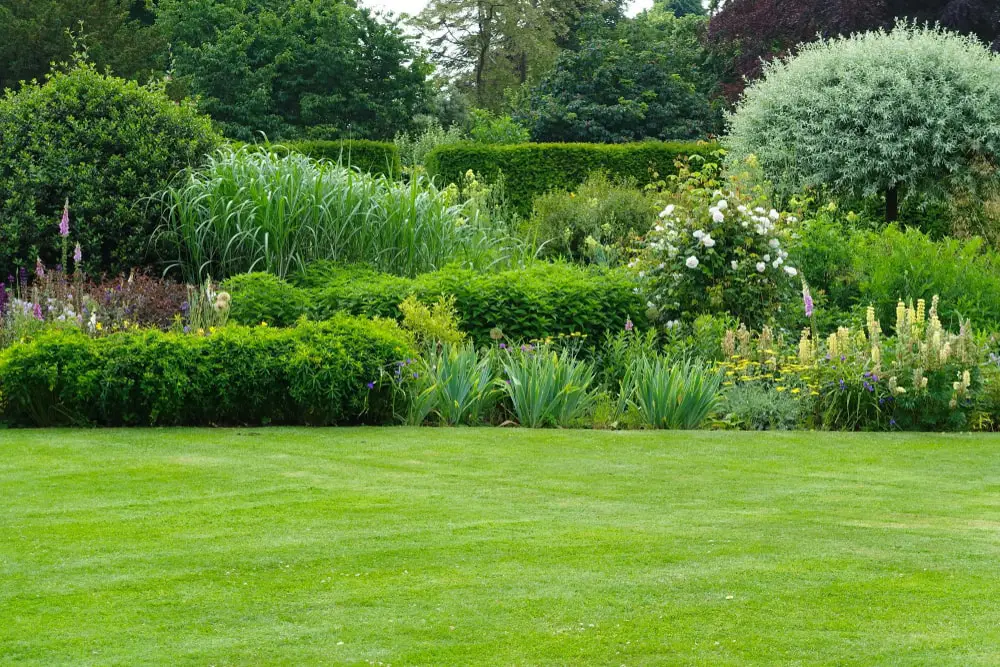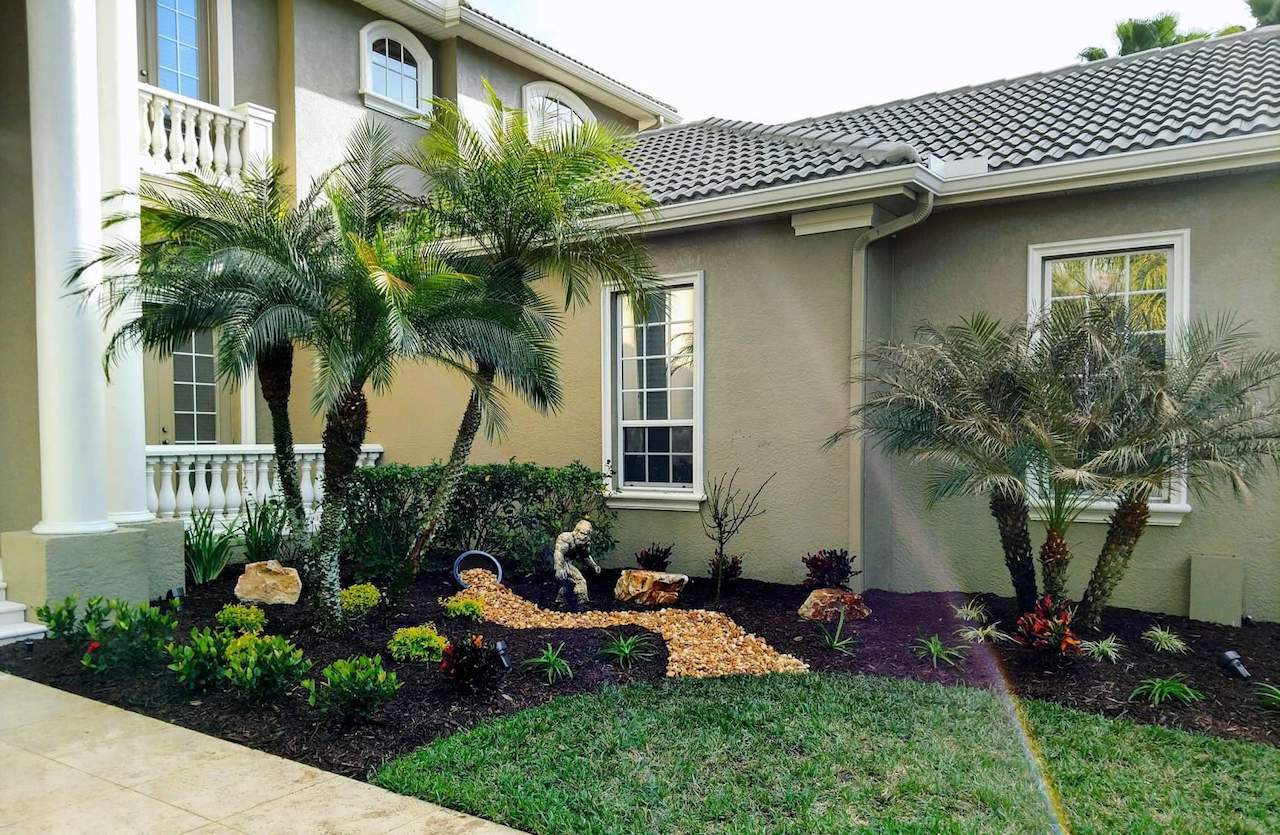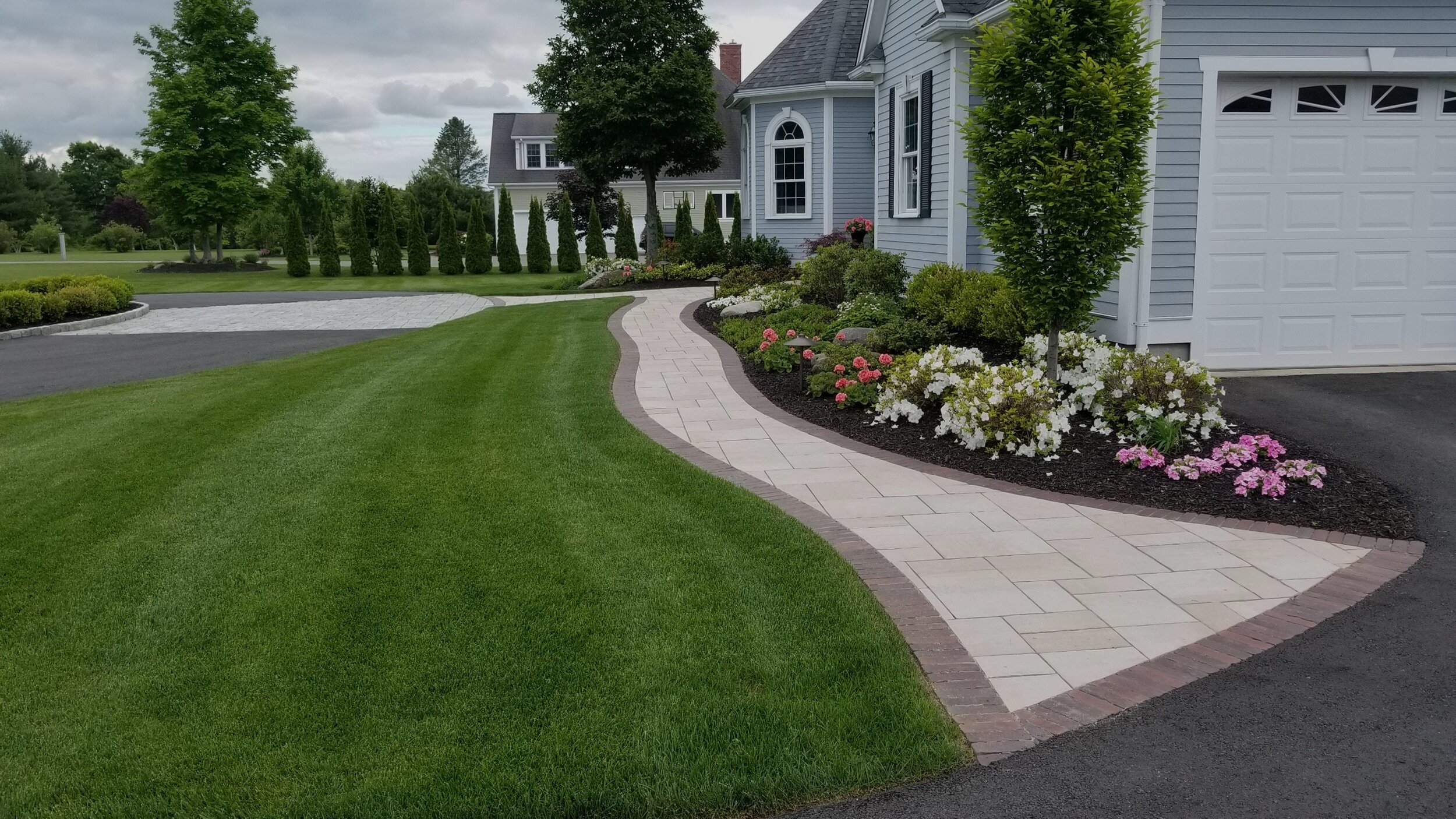Discover the Perks of Sustainable Palm Desert Landscaping Techniques
Discover the Perks of Sustainable Palm Desert Landscaping Techniques
Blog Article
A Comprehensive Overview to Creating and Implementing Effective Landscaping Solutions
The art and science of landscaping extend past plain looks; they include a thoughtful combination of design concepts, ecological stewardship, and functional application. An extensive guide to effective landscaping services begins with a comprehensive understanding of your outside space, emphasizing the relevance of balance, percentage, and unity. As we discover sustainable techniques and the option of appropriate flora, the implications for biodiversity and area wellness become significantly apparent. What strategies can one use to guarantee these landscapes not only prosper however also thrive attuned to their environments?

Understanding Landscape Layout Principles
One might wonder what fundamental components add to reliable landscape layout. At its core, successful landscape design rests on a number of key principles that lead the setup and selection of aspects within a room. These principles include unity, balance, percentage, and rhythm, each serving to develop a harmonious exterior environment.
Unity describes the cohesive partnership among numerous components, making certain that they work with each other visually and functionally. Equilibrium can be accomplished via asymmetrical or balanced setups, enabling the landscape to really feel stable and inviting. Percentage includes understanding the scale of elements in relationship to each various other and the surrounding setting, promoting visual harmony and convenience.

Examining Your Outdoor Room
Before applying the principles of landscape style, an extensive analysis of your outdoor area is crucial. This initial assessment assists specify the extent of your landscape design project and makes sure that your layout aligns with the distinct attributes of your property. Begin by evaluating the measurements of your area, taking specific dimensions to understand the available area for numerous components such as yards, patio areas, and paths.
Next, observe the existing functions of your landscape, including topography, soil high quality, and drainage patterns. These elements significantly influence plant option and positioning. In addition, analyze the sunshine direct exposure throughout different areas throughout the day, as this will affect the kinds of plants that prosper in your garden.
Think about the microclimates created by structures, trees, and various other barriers, as they can impact temperature and moisture levels. Last but not least, take note of any type of existing plants or hardscape aspects that you want to keep or remove. This thorough analysis prepares for a well-informed and reliable landscape design option, guaranteeing that your design is not just visually pleasing yet likewise practical and lasting for several years to come.
Lasting Landscaping Strategies
Integrating sustainable landscape design techniques is necessary for producing an environmentally liable outdoor room. These practices not just promote environmental balance however additionally improve the useful and aesthetic worth anonymous of a landscape. One fundamental strategy is the application of indigenous plants, which require much less water and maintenance while sustaining regional wild animals. Applying effective watering systems, such as drip irrigation, lessens water waste and ensures that plants get ample moisture.

An additional effective method is the strategic placement of trees and hedges to supply all-natural windbreaks and shade, therefore decreasing energy costs (Palm Desert Landscaping). Rainfall yards can be integrated into the landscape style to take care of stormwater runoff efficiently, filtering system toxins before they go into rivers
Picking the Right Plants
Selecting the right plants for your landscape is vital to attaining both aesthetic appeal and eco-friendly harmony. The process begins with an understanding of your regional environment, dirt problems, and the specific microenvironments within your landscape. Evaluating aspects such as sunshine direct exposure, dampness degrees, and existing vegetations will certainly help you choose plants that grow in your distinct setting.
Think about integrating indigenous plants, as they are well-adapted to regional problems, need much less upkeep, and support regional wild animals. Additionally, selecting a varied range of varieties can boost biodiversity while lowering the threat of condition and bug break outs. It is vital to evaluate the growth behaviors, growing periods, and seasonal shades of possible have a peek here plants to develop a dynamic and natural landscape.
In addition, think of the meant use the area; as an example, if the area will certainly experience high foot website traffic, decide for durable ground covers. By thoughtfully choosing plants that straighten with both your visual goals and environmental demands, you can develop a sustainable landscape that not only boosts your property yet likewise contributes favorably to the bordering community.

Application and Upkeep Techniques
As soon as the best plants have actually been chosen for your landscape, the focus moves to reliable implementation and continuous upkeep approaches. Successful setup starts with correct site preparation, which consists of soil testing to determine nutrient degrees and pH, adhered to by amending the soil as needed. Meticulously arrange plants according to their growth practices and light demands, making certain adequate spacing to promote healthy development.
Irrigation is an essential element of execution. Establish a watering schedule that thinks about the particular requirements of each plant types, readjusting for seasonal adjustments. Utilizing drip watering systems can boost water performance and reduce runoff.
Upkeep strategies must be implemented to ensure the longevity and vitality of your landscape. Normal jobs consist of weeding, mulching, and trimming to manage development and stop illness. Fertilization ought to be conducted based upon dirt examinations, supplying the required nutrients without over-fertilizing.
Keeping an eye on for bugs and illness is important; early discovery can stop considerable damage. Last but not least, seasonal adjustments to upkeep regimens, such as winterizing perennials and preparing for spring development, will certainly make certain that your landscape remains healthy and visually attractive year-round.
Final Thought
Effective implementation and recurring maintenance even more make certain the longevity and vitality of landscapes. By integrating these aspects, landscapes can be changed right into gorgeous, practical settings that advertise biodiversity and add positively to community health.
One might question what fundamental components add to effective landscape design. At its core, successful landscape design hinges on a number of crucial concepts that lead the setup and selection of find this components within a space.Picking the right plants for your landscape is vital to achieving both aesthetic charm and environmental consistency. It is necessary to review the development behaviors, growing durations, and seasonal colors of prospective plants to produce a vibrant and natural landscape.
When the ideal plants have been chosen for your landscape, the focus shifts to reliable execution and recurring upkeep methods.
Report this page